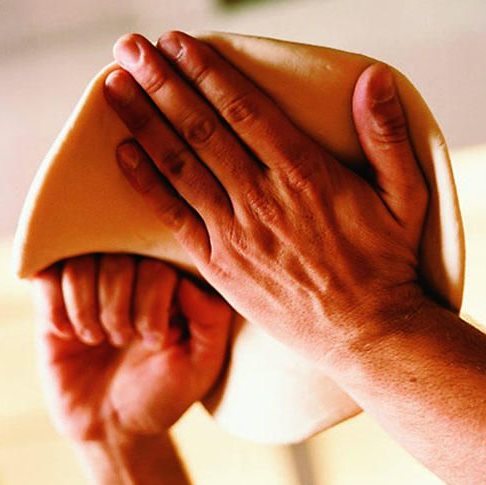A new report by IBISWorld examines the strength and profitability of Australia’s pizza industry, arguing that independent operators are well positioned to capitalise on the growing interest in gourmet offerings.
The Pizza Restaurants and Takeaway in Australia report found that industry revenue sits at $3.7 billion, with profits of $269.7 million. There are 4,004 businesses in the sector, and over the five years to 2016-17, revenue is expected to grow by a compound annual 2.8 percent.
Rise of gourmet
Despite the higher price-point associated with gourmet offerings, over the past five years customers have been displaying growing interest in pizzas that boast premium toppings.
“Industry pizza restaurants have embraced these trends and provided a growing range of gourmet pizzas at premium prices,” the report reads. “As a result, industry profit margins have risen over the period to represent an estimated 7.3 percent of industry revenue in 2016-17.”
Pizza shops offering ‘traditional’ toppings like pepperoni and supreme used to account for more than 90 percent of the industry, however restaurants have worked to upgrade their image over the past five years, introducing gourmet, authentic Italian pizzas, in spite of challenging economic times.
“While traditional pizza remains the industry’s largest product segment, it has declined as a share of industry revenue over the past five years,” the report reads.
Broader offering
Consumers have displayed a growing interest in healthy food options over the past five years, and according to IBISWorld’s report, this trend isn’t going away any time soon.
“Rising health consciousness can dampen demand for traditional fast food, which is generally perceived as unhealthy. Thus, restaurant operators that respond to this perception by offering healthier options and marketing them successfully will tend to fare better. In 2016-17, health consciousness is expected to rise,” it said.
Over the next five years, competition within the industry is expected to intensify, and the report suggests that businesses with high quality, low priced menu items will fare best. It’s also important for pizza businesses to differentiate themselves by offering a broad range of pizzas. This is where independent operators have the ability to outshine their franchise counterparts.
“The scale of major franchises will likely slow the rollout of new products. For this reason, single-establishment gourmet restaurants will find themselves better positioned to capitalise on new trends.
“In an increasingly competitive and saturated market, operators that cannot cater to the changing tastes of the Australian consumer are at a disadvantage,” the report reads.
In line with the rising trend of premiumisation and increased consumer awareness of healthy eating, the gourmet pizza product segment has grown from being a very minor share of industry revenue five years ago, into an increasingly popular alternative to traditional pizzas.
In 2016-17, traditional pizzas represents 42.7 percent of the products available in the sector, with gourmet and specialty pizzas representing 22.6 percent. Pizza sides account for 18.3 percent, and 16.4 percent is other products.
Embracing technology
One of the most significant technological advancements in Australia’s pizza industry over the past five years has been the widespread implementation of online ordering systems.
This trend has been most prevalent amongst the industry’s larger players, including franchise systems like Domino’s and Pizza Hut, while smaller, independent operators tend to lack the capital to invest in such software.
“Smaller establishments lack the necessary sales volumes that would make investment in customised online ordering systems cost effective,” said the report.
However, smaller business have benefited from the growing popularity of third party online ordering services like Menulog, Deliveroo and foodora.
“These platforms allow customers to choose a small takeaway store nearby and order online, boosting demand for smaller restaurants in exchange for a cut of the proceeds. This provides smaller operators with access to a convenient online ordering platform and stronger exposure to a wider customer base.”
Pizza businesses have also placed greater emphasis on payment and ordering systems. Touch-and-go payment systems can now be seen in restaurant chains, and are expected to be slowly embraced by pizza restaurants.
Integrated kitchen ordering systems are also becoming more common, allowing staff to place an order directly to the kitchen through a hand-held unit. “This effectively means that staff no longer need to walk to the kitchen or bar to place the order, and more time is devoted to customers,” said IBISWorld’s report.
While the industry is typically labour intensive (for every dollar spent on capital costs, $5.07 is spent on wages), wage costs have declined over the past five years as customers move towards ordering online and industry processes becoming increasingly automated.
“Capital investment has also been supported by higher investment in pizza ovens, with many operators responding to premiumisation in consumer tastes by installing expensive equipment such as wood-fired ovens.


 Image:
Image:  Image:
Image: